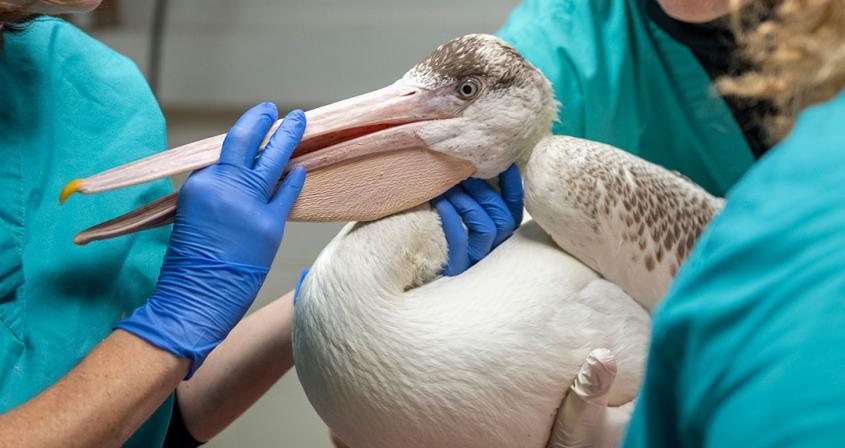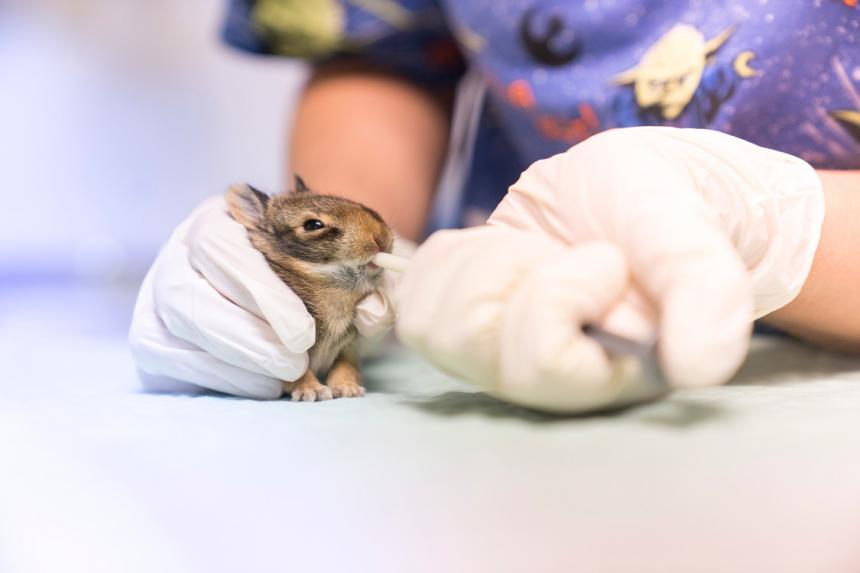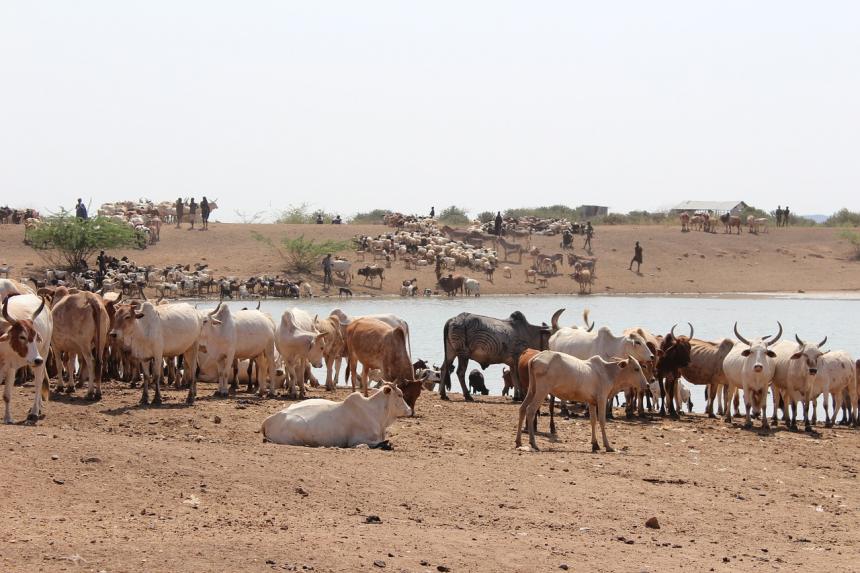December 2019

For Your Information
December 13, 2019
Translocation of wildlife as a means of reintroducing or reinforcing threatened populations is an important conservation tool but carries health risks for the translocated animals and their progeny, as well as wildlife, domestic animals and humans in the release area.

December 10, 2019
This juvenile American white pelican — which had only one working eye and was suffering from weakness and parasites — was brought to the Janet L. Swanson Wildlife Hospital, making history as the first of its species to be treated there.

For Your Information
December 10, 2019
The November/December 2019 issue of the Cornell Alumni Magazine features the heroic work of the Janet L. Swanson Wildlife Hospital.

December 09, 2019
Mongabay interviews the Cornell Wildlife Health Center’s Dr. Steve Osofsky about southern African efforts to lessen reliance on fences to protect livestock from disease, and in the process also allow key wildlife migration routes to be restored.
